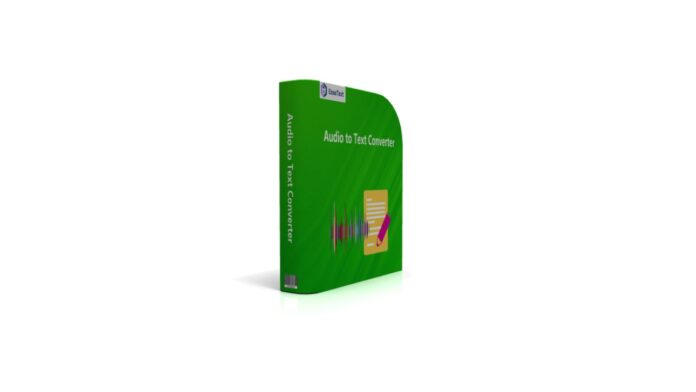In today’s digital era, technology continually evolves to transform our routines and business operations. Among these innovative advancements, the “Audio to Text Converter” has emerged as a vital tool in various industries. These digital solutions decode spoken words into written text, empowering users to access, analyze, and archive oral data efficiently.
I. Features of an “Audio to Text Converter”
An “Audio to Text Converter” hosts a collection of features that enable its unique capabilities. Below, we explore the most distinctive ones.
Speech Recognition: At its core, any audio to text converter uses advanced speech recognition technology. This feature enables the tool to understand and process human speech, turning it into corresponding text.
Transcription Accuracy: Quality converters ensure a high level of transcription accuracy, capturing nuances in speech such as accents, dialects, and context. Some tools even offer grammar corrections and punctuation additions to the transcribed text, enhancing readability.
Multiple Language Support: Given the global nature of digital communication, most audio to text converters support multiple languages. This function enables users from various linguistic backgrounds to employ the technology effectively.
Real-Time Conversion: Some advanced converters allow real-time transcription, converting speech to text as it happens. This feature is particularly beneficial in live events, meetings, or video conferences.
II. Categories of “Audio to Text Converters”
There are several types of “Audio to Text Converters” available in the market, each offering varying functionalities, user interfaces, and pricing models.
Online Tools: These are web-based platforms providing audio to text conversion services. They offer quick access and straightforward interfaces, making them suitable for casual users or one-off tasks.
Software Applications: These are dedicated programs that need installation on your device. Software-based converters generally offer more robust features and higher accuracy rates, suitable for professional usage.
AI-Powered Solutions: The newest category, AI-powered converters, leverage artificial intelligence to provide highly accurate and context-aware transcription services. These tools learn from their inputs, improving their performance over time.
III. Benefits of Using an “Audio to Text Converter”
The usage of “Audio to Text Converters” brings numerous advantages across various scenarios.
Transcription Services: Transcribers can significantly expedite their process by using these tools, especially when dealing with lengthy recordings.
Content Creation: Content creators can use these converters to transcribe interviews, podcasts, or videos, easily repurposing audio content into written form.
Accessibility: For individuals with hearing impairments, these tools can convert spoken information into a format they can better comprehend, enhancing digital accessibility.
Data Analysis: Businesses can convert audio data from customer service calls, market research interviews, etc., into written text, making it easier to analyze and derive insights.
Additionally, employing this technology can lead to time savings, efficiency improvements, and cost reductions. By converting audio to text automatically, businesses can free up their resources for other crucial tasks.
In conclusion, “Audio to Text Converters” bring considerable value to our digitized world. With diverse features, categories, and benefits, they promise to streamline workflows and bolster accessibility, paving the way for more inclusive and efficient digital communication. Whether for individual or professional use, these tools offer vast potential to transform how we handle and utilize audio data.













